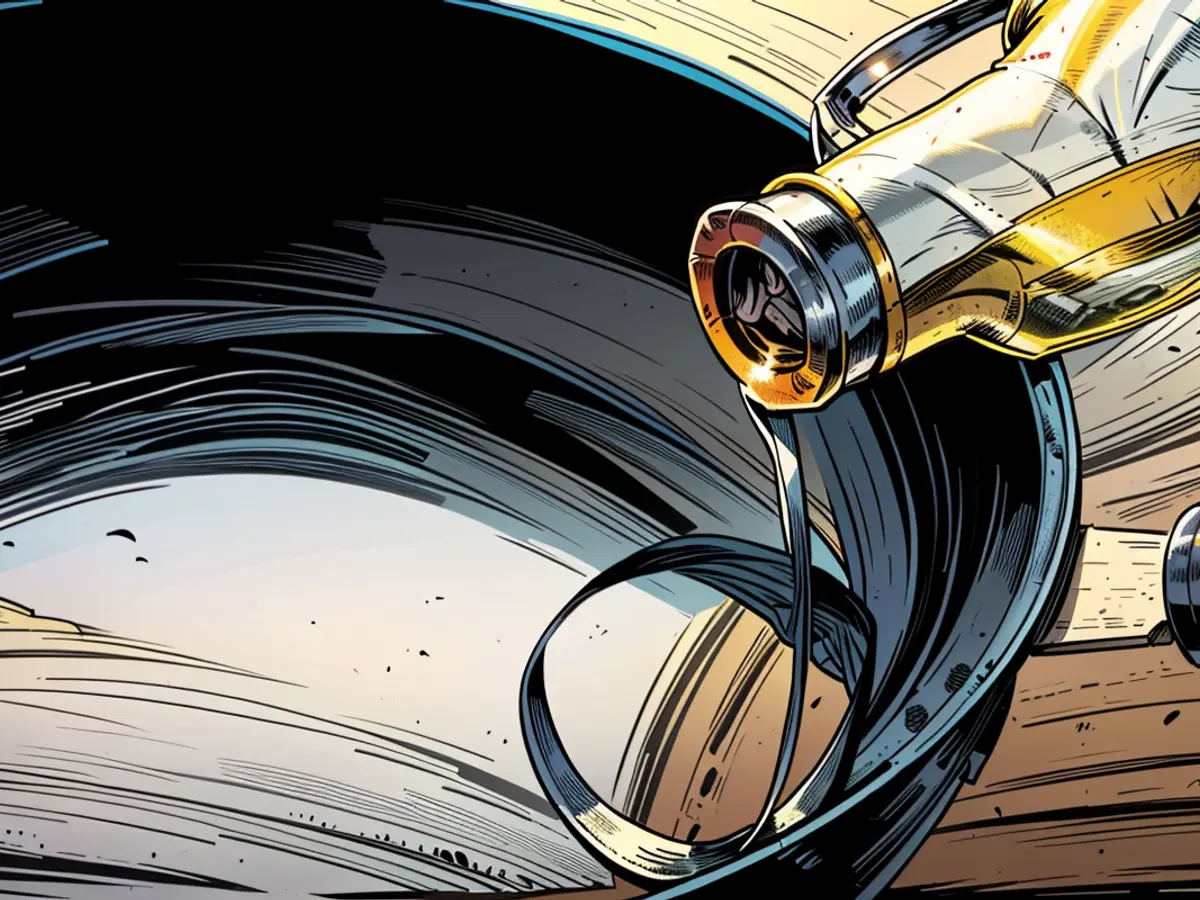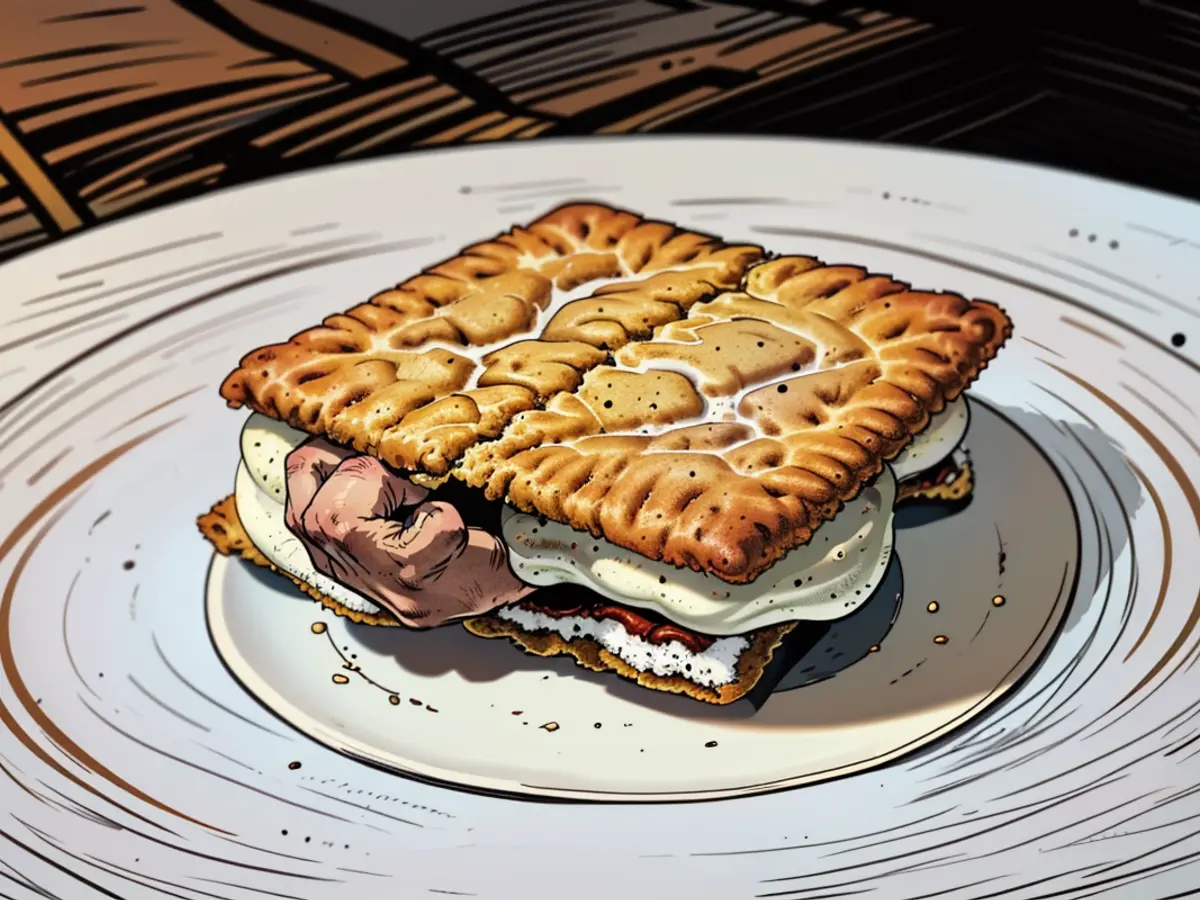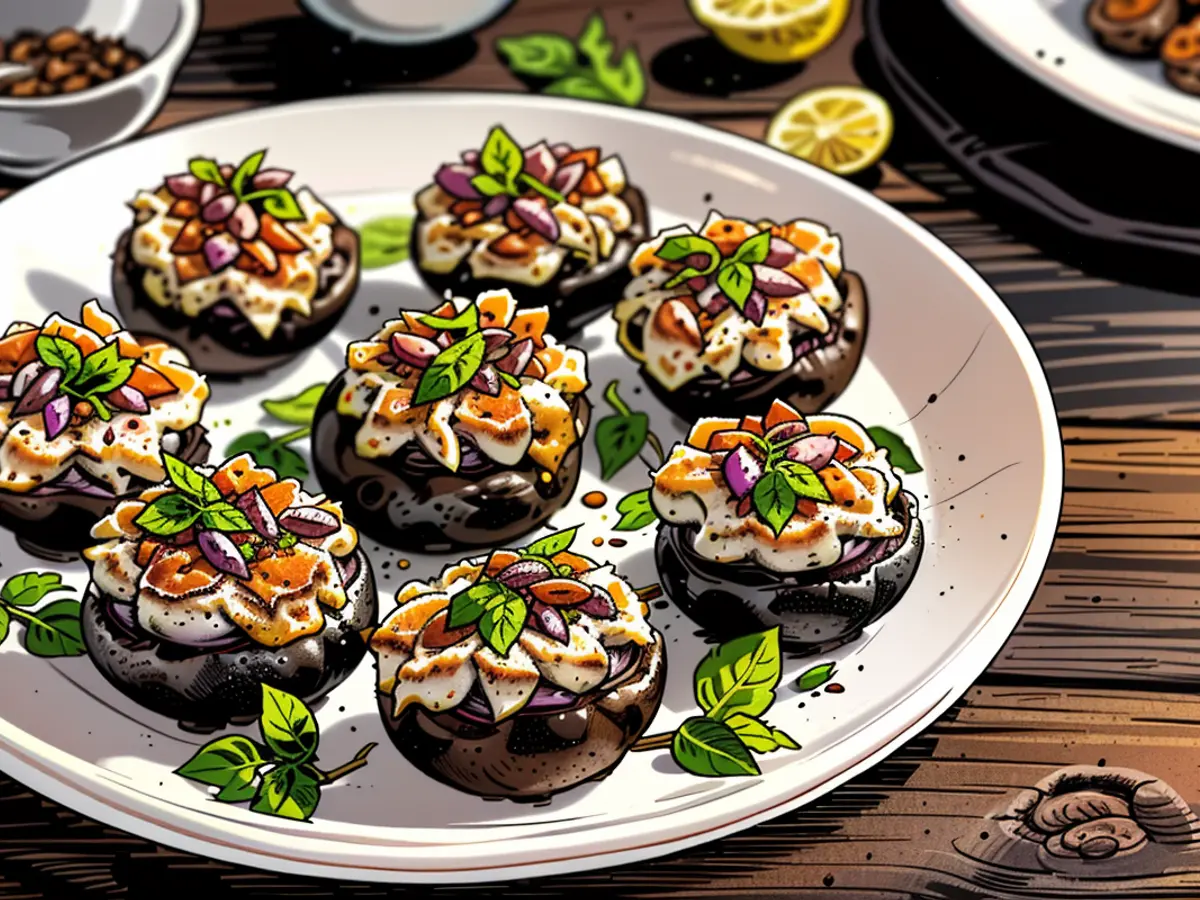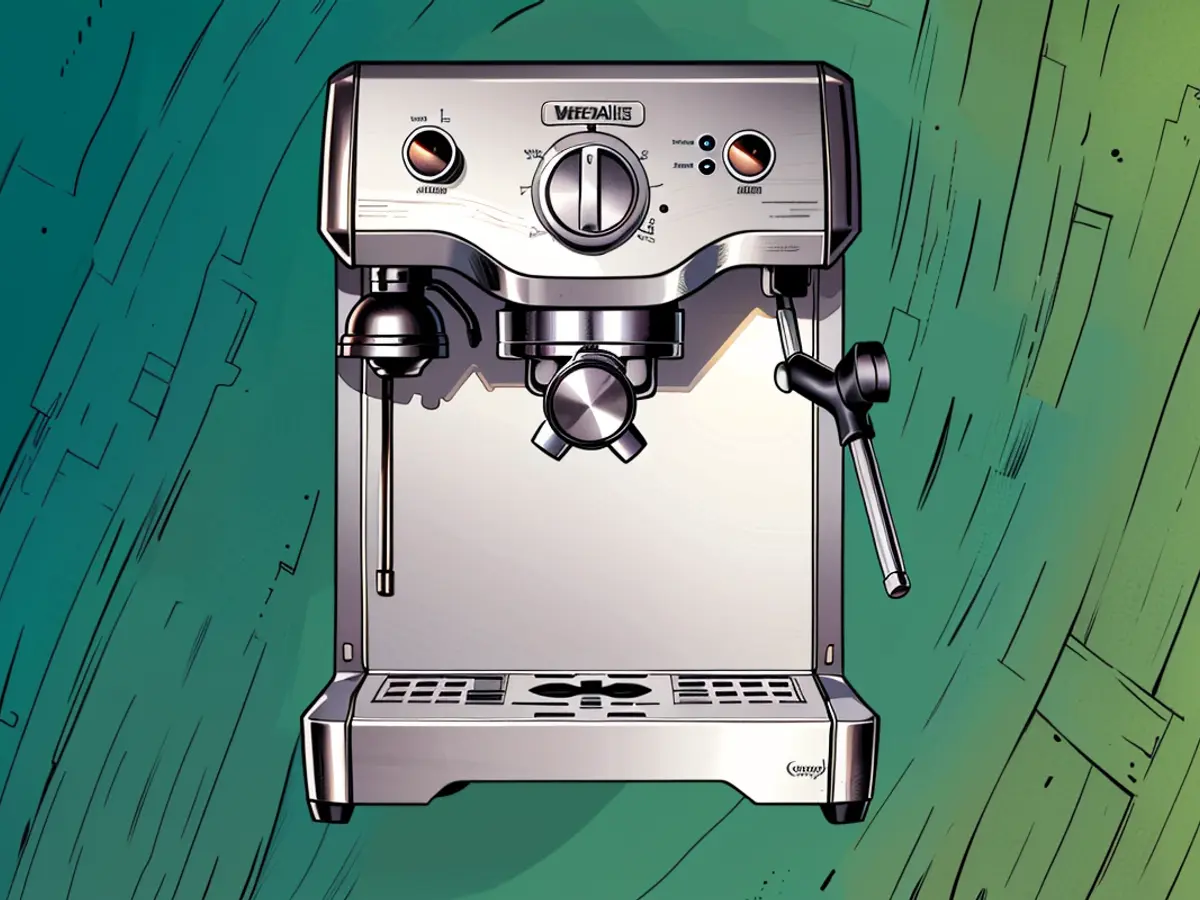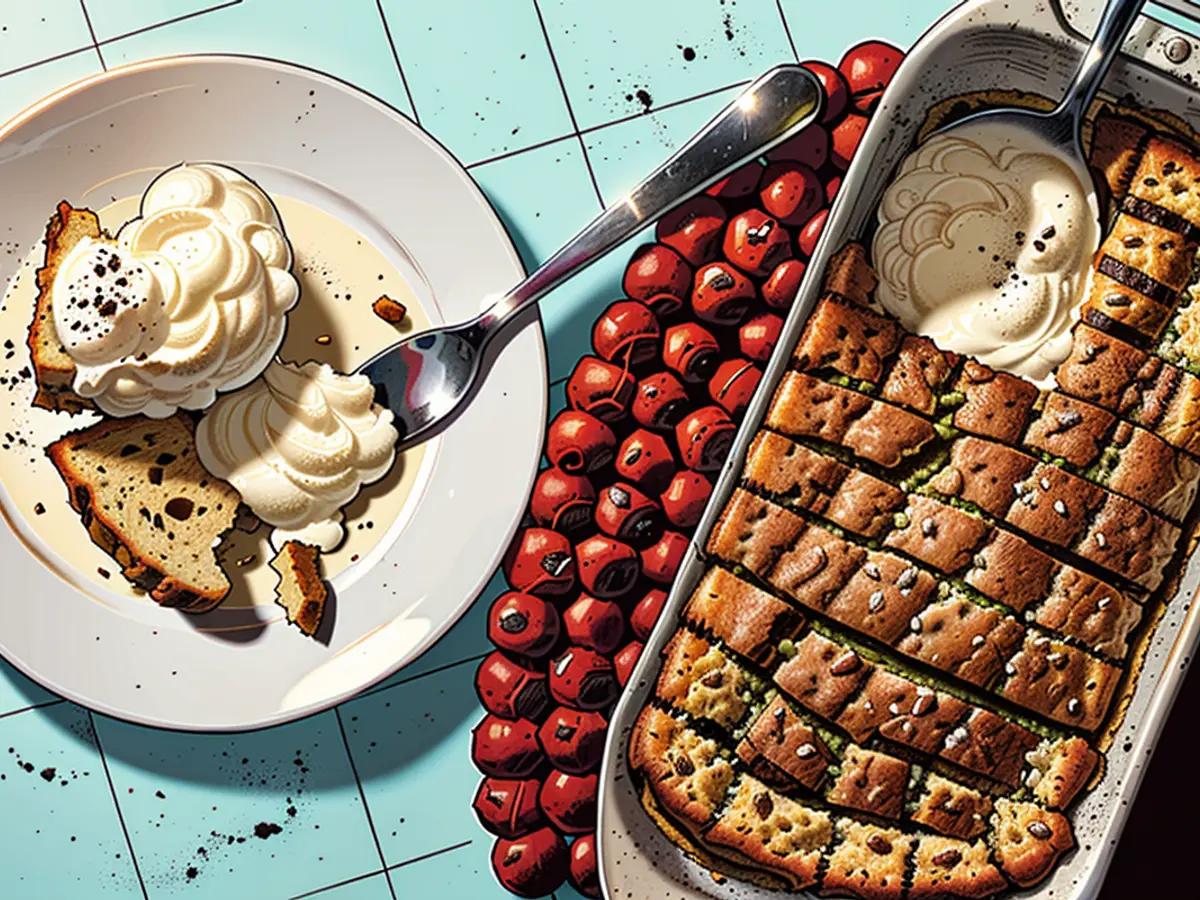- The Controversy Surrounding Teflon-Coated Cookware: Potential Health Risks Involved?
No Scorching or Sticking: Teflon, a popular kitchen material under the brand name Polytetrafluorethylene (PTFE), is widely recognized due to its non-stick properties. However, issues arise when pans coated with Teflon reach overly high temperatures, surpassing 360°C. This situation, as per the Federal Institute for Risk Assessment, leads to the emission of harmful gases. Consequently, empty Teflon-coated pans should never be subjected to such temperatures. According to the Consumer Center, these fumes can even be lethal for birds. This phenomenon is known as "Teflon Syndrome" or "Pots Fever." In humans, it can lead to flu-like symptoms, labeled as "Polymer Fever."
The positive aspect is that the majority of cooking processes in Teflon-coated pans occur below the critical threshold of 360°C. Overheating becomes less likely once water-containing food is added to the pan.
Teflon itself isn't problematic when used in everyday items like frying pans. However, concerns arise during its production. The Consumer Center highlights that chemicals like PFOA or GenX are used for the production process. These substances have already contaminated nearby water and soil sources in industrial areas. "PFOA-free" on your pan might mean that PFOA wasn't used, but another harmful auxiliary substance like GenX was instead.
PFOA, or "Forever Chemicals," enter our bodies through food consumption. A study by the Environmental Agency found that nearly all children were contaminated with PFOA. This compound can lead to cancer and poses risks even to unborn children. Since 2013, PFOA has been categorized as a particularly hazardous substance.
Despite these concerns, Teflon-coated pans are generally considered safe when used and maintained properly. To minimize risks, overheating should be avoided. Do not heat an empty Teflon-coated pan or subject it to extremely high temperatures. This can harm the coating and promote the release of harmful gases. Avoid using metal utensils that may scratch the coating. Instead, opt for wooden or silicone utensils. If your pan's coating is damaged or worn, it's advisable to replace it to reduce the risk of contaminated particles in your food.
The Consumer Center recommends alternatives: Pans made of stainless steel or cast iron, for example, are durable with proper care. Cast iron pans develop a good non-stick effect after seasoning. Other materials like enamel or ceramic are also available. However, beware of descriptions like "ceramic coated." Some manufacturers use PTFE, a plastic substance, with ceramic particle additives instead of pure ceramic . To ensure a truly fluorine-free coating, look for "PTFE-free" labels on coated pans, baking molds, waffle irons, bread makers, and similar items, as suggested by the Consumer Center.
Sources: "Consumer Center", "BfR", "Environmental Agency"
Other materials, like enamel or ceramic, can be used as alternatives to Teflon-coated pans. The capacity of these materials to withstand high temperatures without emitting harmful gases is a significant advantage.
In the production process of Teflon, chemicals such as PFOA or GenX are often used, which have been found to contaminate nearby water and soil sources in industrial areas.
